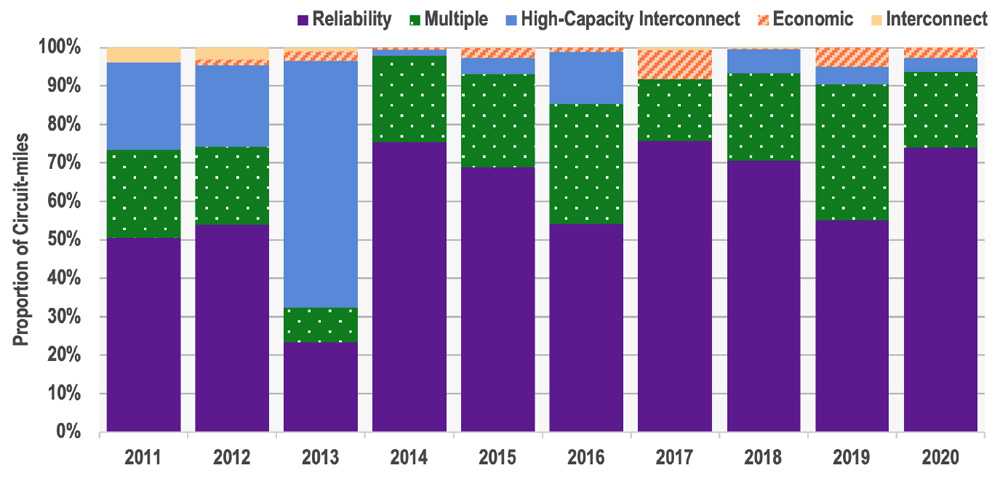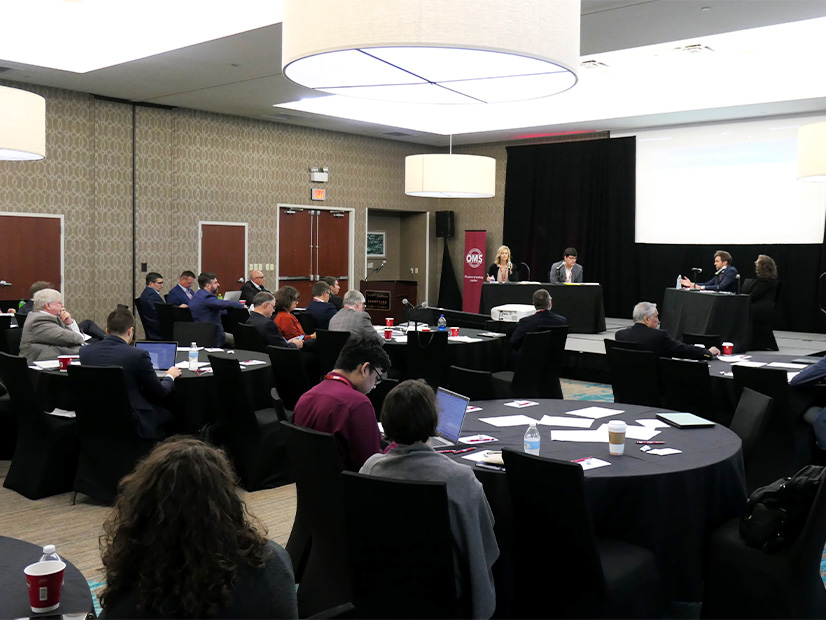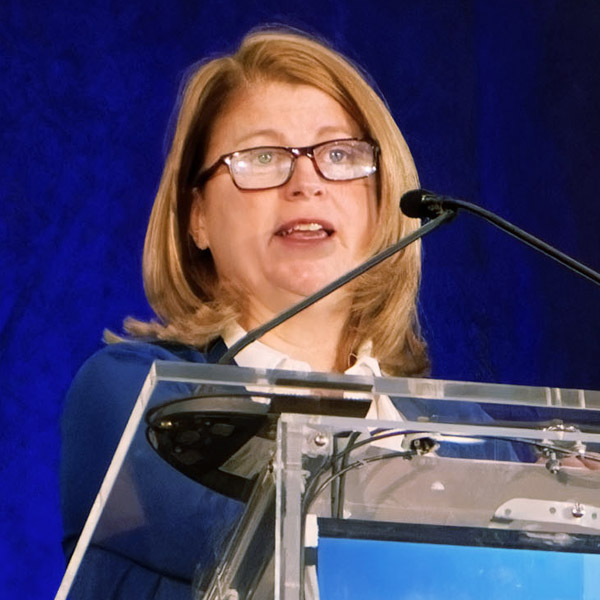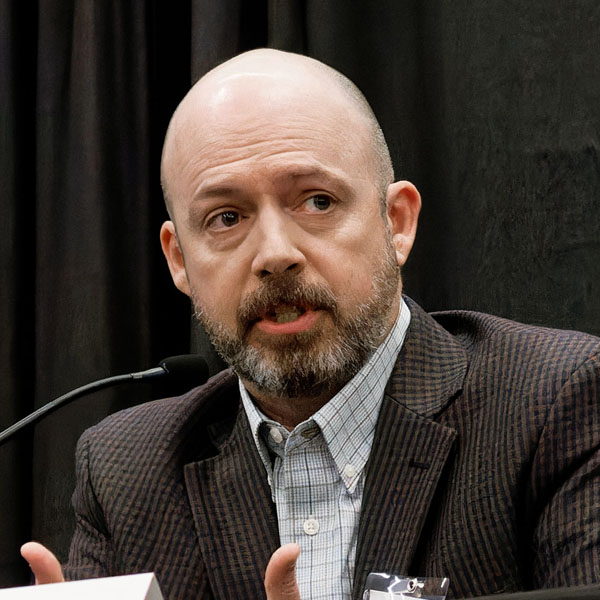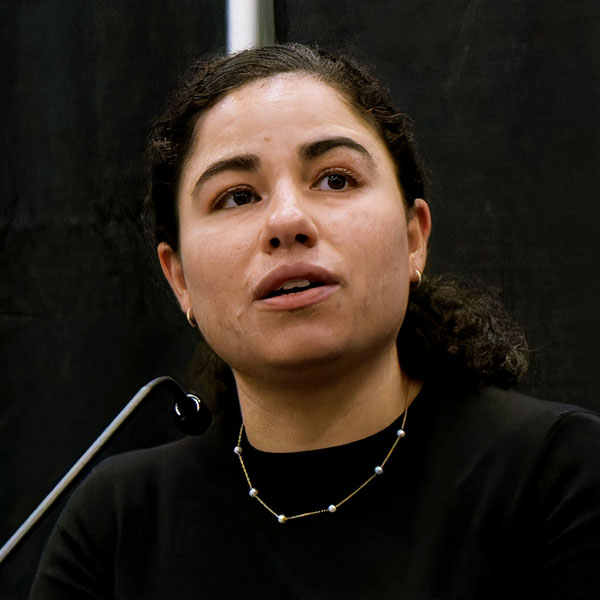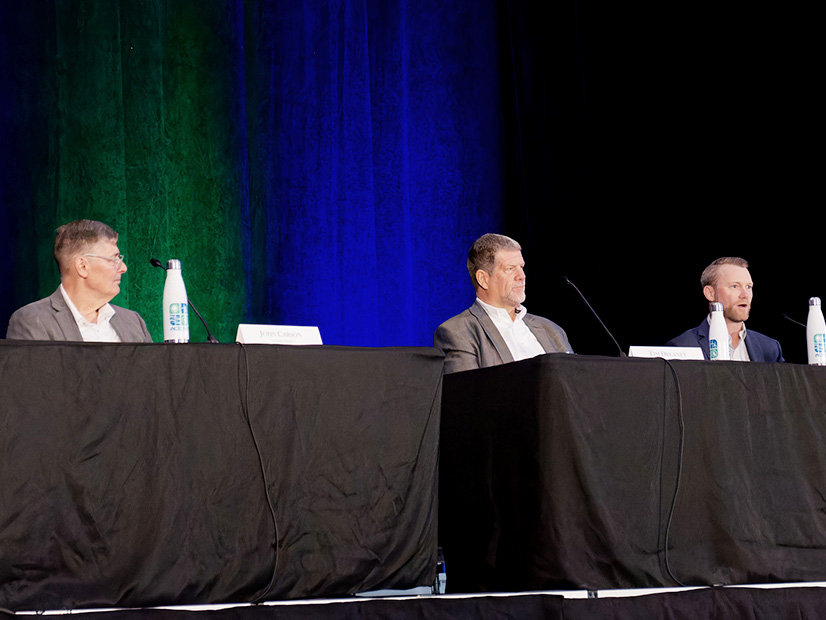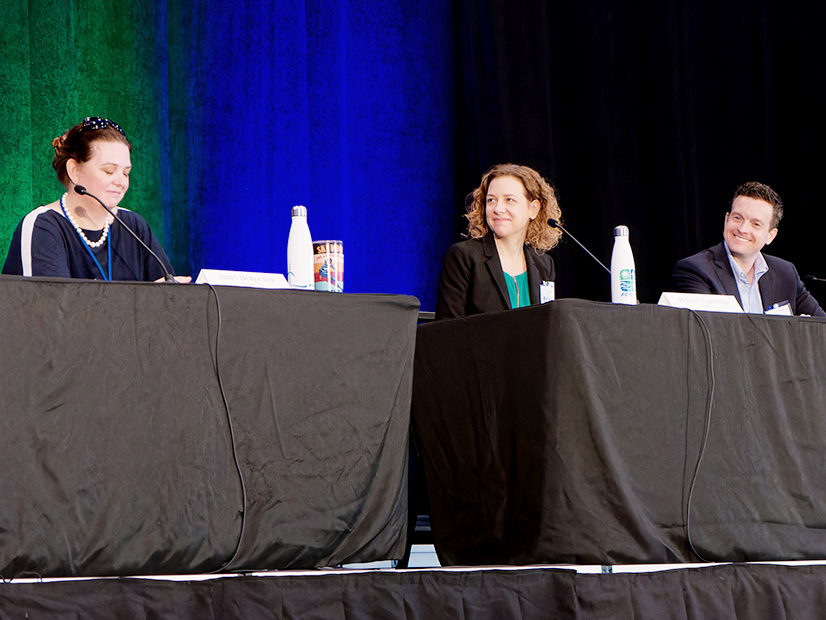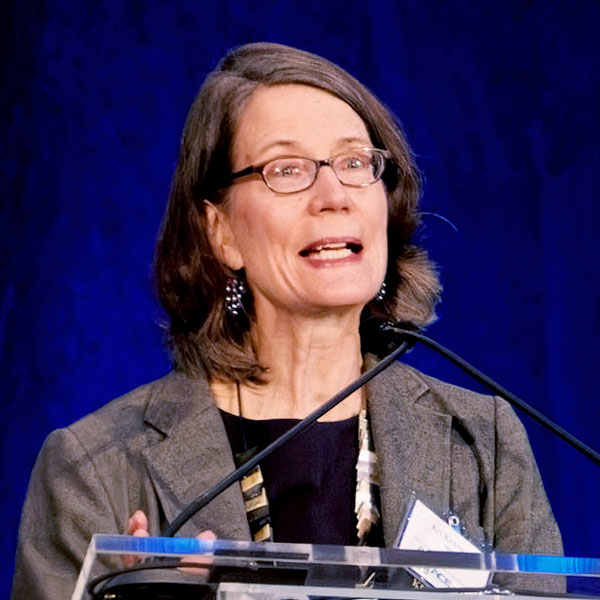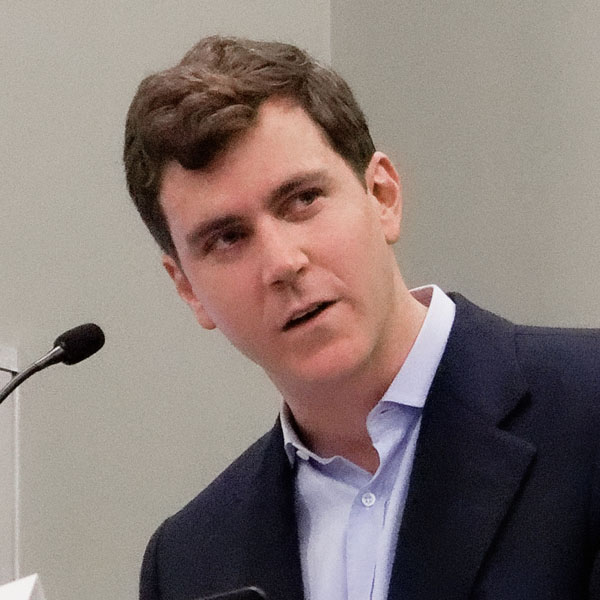As climate impacts continue to accelerate, Massachusetts must redouble its efforts to cut emissions and boost resiliency, the state’s Climate Chief, Melissa Hoffer, wrote in a lengthy set of recommendations issued Oct. 25.
“Massachusetts finds itself at a pivotal moment,” Hoffer wrote. “Massachusetts must act with far greater urgency and our efforts must be better coordinated. Every state agency must prioritize, as a core function, efforts to drive effective action to reduce emissions, build resilience and mitigate the impacts of climate change on our communities and the natural world.”
Hoffer leads the Office of Climate Innovation and Resilience, established in January by Democratic Gov. Maura Healey’s first executive order.
At a high level, Hoffer said the state needs to shift from planning to implementation of climate resilience programs, secure more money for decarbonization and climate mitigation and coordinate planning across state entities on workforce and economic development.
Hoffer highlighted several key barriers to the clean energy transition, including opposition from fossil fuel interests, inadequate funding for electrification and resilience, workforce shortages, supply chain constraints and the need to upgrade the grid.
“Those with vested interests in fossil-fuel-based systems continue to use political and economic power to stall action in the Commonwealth and around the world,” Hoffer said, adding that a general bias toward the status quo also has slowed the region’s energy transition.
To address the barriers and increase the pace of the transition, Hoffer detailed a set of recommendations for state offices and agencies, including a proposed comprehensive analysis to quantify the investments needed to reach net-zero by 2050.
“While investments in decarbonization and resilience will be significant, those costs are much less than the cost of failing to make such investments,” Hoffer said. “When government policymakers consider the social cost of greenhouse gases such as extreme weather and disaster response costs, infrastructure damage and human morbidity and mortality, it becomes easier to see the true social cost of greenhouse gas emissions.”
Hoffer estimated recent federal legislation will account for about 8-30% of the necessary spending to reach net-zero and said the state will help fill the remaining gap. She did not explicitly endorse putting a price on carbon but said the state should consider market mechanisms that simultaneously incentivize decarbonization and provide funding for clean energy and climate resilience.
Grid Upgrades
Hoffer wrote that the state must prioritize developing transmission infrastructure while also embarking on a “large-scale public education campaign” to connect the need for this infrastructure to address the climate crisis. She highlighted the importance of reducing the environmental damage of new transmission projects as much as possible, while ensuring local communities see tangible benefits.
Hoffer also emphasized the importance of establishing a domestic supply chain for critical grid components including distribution transformers to insulate the industry from global price increases. She added the region should use advanced technologies as much as possible to limit the number of critical components needed.
“Non-wired alternatives that can replace the need for large, expensive and backlogged components are also essential, and should be prioritized in utility planning,” Hoffer said. “[The Department of Energy Resources] and [the Department of Public Utilities] should accelerate efforts to align utility incentives to prioritize non-wired alternatives.”
She added that reducing interconnection timelines will be critical to scaling up renewable energy at the pace needed to meet the state’s goals, saying that interconnection delays pose an “existential threat to our ability to achieve our emissions reductions mandates.”
Hoffer said the state needs proactive utility planning that will enable high levels of distributed resources and electrification growth. She added that the state should work to increase grid resilience using local networks of solar and storage.
Noting the regulatory difficulties that microgrid developers have faced in the state, Hoffer recommended the Department of Public Utilities clarify or update its regulations of multi-user microgrid facilities intended to provide local power during outages of the larger grid.
“The question is not whether but when the Commonwealth will be struck by a devastating hurricane, heat dome or other deadly climate-driven weather event,” Hoffer wrote. “Now is the time to invest in the resilient energy infrastructure that is necessary to keep our residents safe.”
Reforms to Mass Save
Hoffer called for significant reforms to Mass Save, Massachusetts’ energy efficiency program that is administered by the state’s gas and electric utilities.
“Mass Save is structured primarily to support cost savings from energy efficiency and not to achieve building decarbonization/electrification,” Hoffer wrote. “[As] a result, Mass Save continues to support fossil-fuel heating systems and typically does not support deep enough retrofits or related technologies (such as solar, EV chargers, storage).”
Hoffer highlighted the energy efficiency programs implemented in Maine and Vermont and said Massachusetts’ relevant agencies should work to redefine the goals of the program and align it with the state’s climate targets. She acknowledged this would be a long-term project and said the state should simultaneously pursue incremental reforms.
“The long-term success of the Mass Save program should be measured by the rate at which the programs accelerate the market transformation from incumbent fossil fuel use to the efficient electrification of heating,” Hoffer wrote, adding that the program’s administrators “should focus on phasing out most fossil-fuel heating equipment in new construction and providing incentives for owners of existing buildings to transition to electric heating.”
Environmental Justice and Workforce Development
Noting that climate change disproportionately affects people of color and low-income communities, Hoffer said Massachusetts must focus on these environmental justice communities as it plans resilience efforts and builds clean energy infrastructure.
Hoffer called on state agencies to work with the Climate Office and the Office of Energy and Environmental Affairs’ Environmental Justice Office to develop community benefit agreements for infrastructure projects that affect environmental justice populations.
“To achieve widespread market deployment of technologies such as EVs and heat pumps, the Commonwealth should conduct outreach to people in rural areas, Gateway Cities, immigrant communities, working class neighborhoods, indigenous populations and communities of color,” Hoffer said.
The report also emphasized the importance of growing the state’s clean energy workforce for a wide range of jobs, from bus drivers to electricians to workers collecting organic waste. Citing estimates from the Massachusetts Clean Energy Center, Hoffer said the state needs to grow its clean energy workforce by nearly 30,000 people to meet its 2030 climate goals.
“The Commonwealth should develop, by May 2024, a comprehensive, cross-agency plan to build the clean energy, climate and resilience workforce that includes measurable targets and goals,” Hoffer said. She also advocated for the creation of a “climate service corps” that would provide opportunities for young adults, citing the federal American Climate Corps and state programs in Maine, Michigan and Hawaii.
